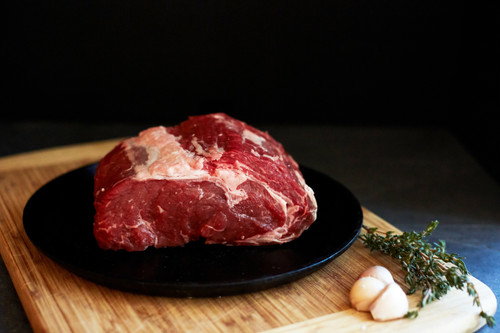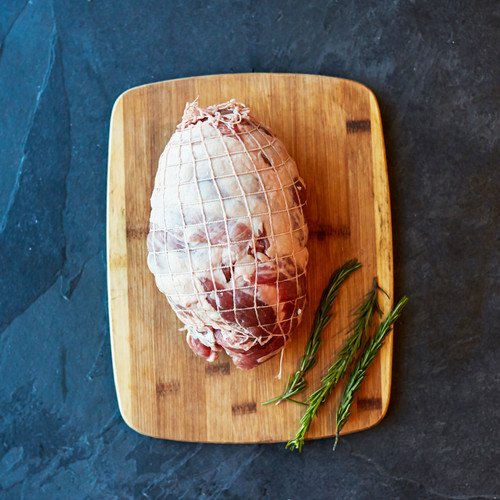Is Meat Ruining the Planet?

The prevalence of factory farms has increased as demand for meat and milk has grown across the globe, and that trend continues. Particularly as incomes increase in developing countries, so will demand for animal products. By 2050, global meat and dairy production are projected to increase by more than 150%.
Grazing animals can utilize marginal subpar land that is otherwise unable to grow food. When using regenerative grazing, those marginal lands can be brought back to life.
Can our planet handle the burden?
In 2017, the EPA reported that agriculture contributed nearly 10% of all greenhouse gas emissions, and livestock accounted for a full third of that. However, the EPA traced the increase to greater numbers of factory farms.
The industrial livestock system is heavily dependent on grain, and growing grain for feedlot animals is an environmental strain. Corn and soybeans, the most common crops grown for feed, require literal tons of artificial nitrogen fertilizers and herbicides made by burning millions of tons of fuel. The result is an increasingly unsteady climate, a food system saturated with toxins, and polluted air and water.
Fertilizers used to grow corn and soy combined with excess nutrients from animal waste runoff into waterways, creating algae blooms that suffocate and poison aquatic ecosystems. Agricultural waste is a large contributor to these "dead zones,” including the 900-square-mile span in the Gulf of Mexico.
By reducing input use, we reduce the fossil fuels necessary to transport these inputs. Additionally, according to a 2018 study, grass-fed animals' manure has about half of the potential to generate methane as feedlot animals' manure. At every level, regenerative agriculture techniques further reduce the environmental impacts of our farms.
But the problem isn’t the cow, it’s the how!
It’s a myth that animal agriculture has to be destructive or that we have to stop eating meat to save the planet. By eliminating factory farms and encouraging regenerative grazing - which emphasizes soil health and animal welfare - we can mitigate climate change and global warming by sequestering carbon.
Scientists at Quantis, one of the world's most respected environmental research and design firms, conducted a Life Cycle Assessment (LCA) on beef raised by White Oak Pastures to account for the energy and environmental impacts of all stages of a product's life cycle, including enteric emissions (belches and gas) from cattle, manure emissions, farm activities, slaughter and transport, and carbon sequestration through soil and plant matter. Their conclusion was that the farm captured more carbon in the soil than their cows emitted during their lives. Incredibly, this LCA study showed even fewer carbon emissions than Beyond Burger.
Amazingly, if we applied regenerative grazing to just 25% of our croplands and grasslands, we could mitigate the entire carbon footprint of North American agriculture. [i]
It is clear that regenerative grazing increases biodiversity, enriches soils, improves watersheds, and enhances ecosystem services. It captures carbon in soil and aboveground biomass, reversing current global trends of atmospheric accumulation. At the same time, it offers increased yields, resilience to climate instability, and higher health and vitality for farming and ranching communities.
















